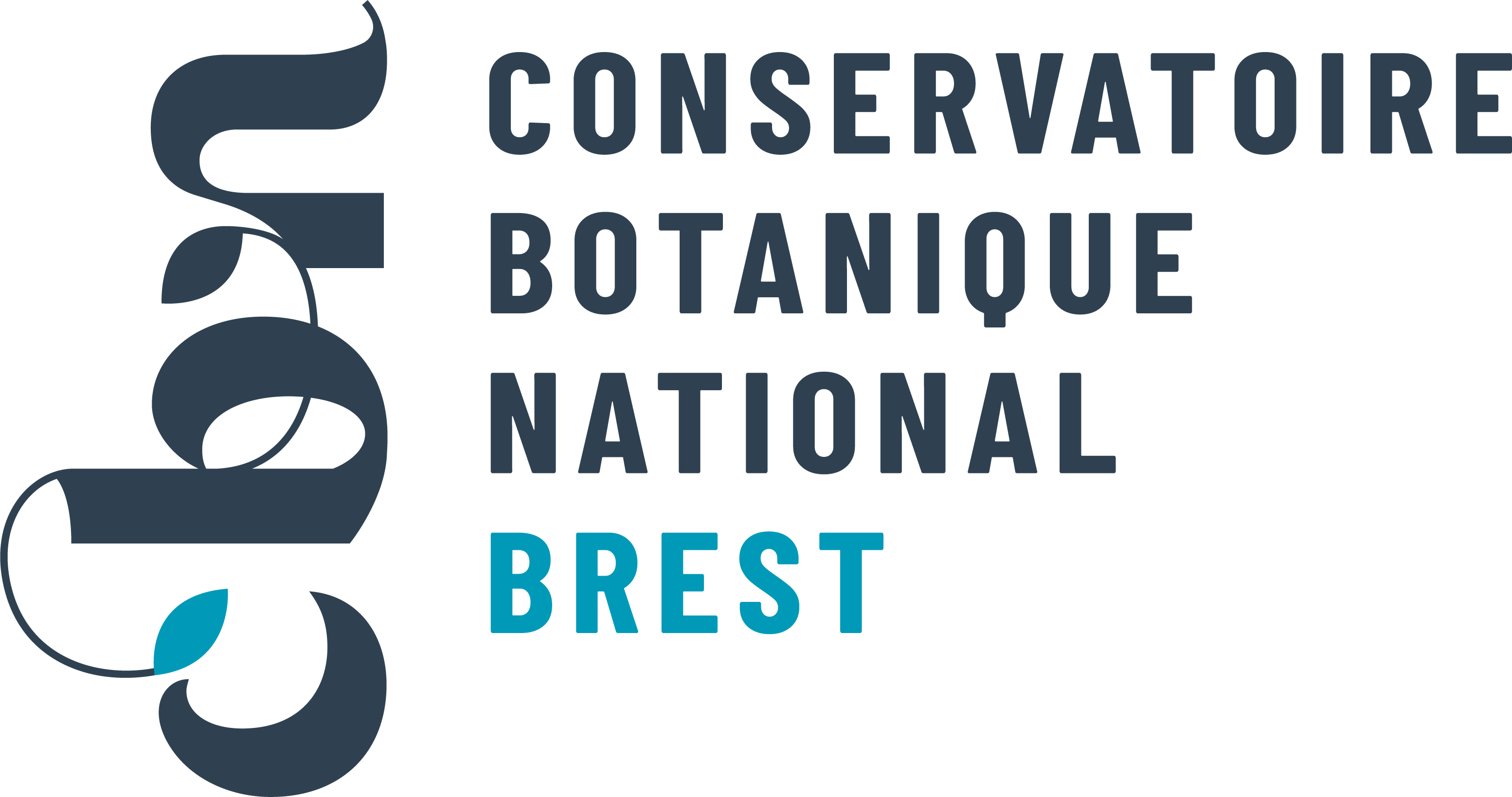If à baies
Taxus baccata L., 1753
- 351 observations
-
159
communes -
45
observateurs
16
organismes -
Première observation
1900 -
Dernière observation
2025
Alençon - Athis-Val de Rouvre - Aube - Aubry-le-Panthou - Aunay-les-Bois - Aunou-sur-Orne - Avernes-Saint-Gourgon - Bagnoles de l'Orne Normandie - Bailleul - Bazoches-au-Houlme - Beaufai - Beaulieu - Beauvain - Belforêt-en-Perche - Bellavilliers - Bellême - Boischampré - Boitron - Bonsmoulins - Brullemail - Buré - Bursard - Caligny - Canapville - Ceaucé - Cerisy-Belle-Étoile - Champcerie - Champeaux-sur-Sarthe - Champosoult - Champsecret - Chandai - Charencey - Cisai-Saint-Aubin - Colombiers - Commeaux - Condé-sur-Sarthe - Corbon - Coulonges-sur-Sarthe - Courgeon - Courgeoût - Cour-Maugis sur Huisne - Cuissai - Domfront en Poiraie - Dompierre - Échauffour - Écorcei - Écouché-les-Vallées - Écouves - Essay - Faverolles - Fay - Ferrières-la-Verrerie - Fleuré - Francheville - Fresnay-le-Samson - Giel-Courteilles - Gouffern en Auge - Guêprei - Guerquesalles - Habloville - Joué-du-Bois - La Chapelle-Viel - La Chaux - La Ferrière-Béchet - La Ferté-en-Ouche - La Ferté Macé - L'Aigle - Lalacelle - La Lande-de-Goult - La Lande-de-Lougé - La Lande-Saint-Siméon - La Motte-Fouquet - Landisacq - Larré - La Ventrouze - Le Bouillon - Le Cercueil - Le Champ-de-la-Pierre - Le Châtellier - Le Grais - Le Mêle-sur-Sarthe - Le Ménil-Broût - Le Ménil-Ciboult - Le Ménil-Scelleur - Le Merlerault - Le Pin-la-Garenne - Le Sap-André - Les Aspres - Les Champeaux - Les Monts d'Andaine - Les Ventes-de-Bourse - Les Yveteaux - L'Hôme-Chamondot - Lignères - Lignou - Loisail - Longny les Villages - Lonlay-l'Abbaye - Lonlay-le-Tesson - Lonrai - L'Orée-d'Écouves - Mantilly - Marchemaisons - Ménil-Gondouin - Ménil-Hubert-en-Exmes - Ménil-Vin - Montchevrel - Montmerrei - Mortagne-au-Perche - Mortrée - Neauphe-sur-Dive - Neuvy-au-Houlme - Orgères - Perche en Nocé - Perrou - Planches - Pointel - Pontchardon - Pouvrai - Putanges-le-Lac - Rai - Rânes - Rives d'Andaine - Saint-André-de-Messei - Saint-Aquilin-de-Corbion - Saint-Aubin-de-Bonneval - Saint-Brice-sous-Rânes - Saint-Céneri-le-Gérei - Saint-Cyr-la-Rosière - Saint-Denis-sur-Huisne - Saint-Denis-sur-Sarthon - Sainte-Céronne-lès-Mortagne - Sainte-Honorine-la-Chardonne - Sainte-Honorine-la-Guillaume - Saint-Evroult-Notre-Dame-du-Bois - Saint-Germain-de-Martigny - Saint-Gervais-des-Sablons - Saint-Gervais-du-Perron - Saint-Hilaire-le-Châtel - Saint-Hilaire-sur-Risle - Saint-Langis-lès-Mortagne - Saint-Léger-sur-Sarthe - Saint-Mard-de-Réno - Saint-Martin-du-Vieux-Bellême - Saint-Nicolas-des-Bois - Saint-Ouen-de-Sécherouvre - Saint-Ouen-sur-Iton - Saint-Philbert-sur-Orne - Saint-Pierre-des-Loges - Saint-Pierre-la-Bruyère - Saint-Sulpice-sur-Risle - Saint-Symphorien-des-Bruyères - Sées - Sévigny - Soligny-la-Trappe - Tessé-Froulay - Tinchebray-Bocage - Tourouvre au Perche - Val-au-Perche
-
Association Faune & Flore de l'Orne (AFFO)
Participation à 220 Observations
Part d'aide à la prospection : 62.68 %
Fiche organisme
-
PNR et géoparc mondial UNESCO Normandie-Maine
Participation à 181 Observations
Part d'aide à la prospection : 51.57 %
Fiche organisme
-
Conservatoire Botanique National de Brest (CBNB)
Participation à 158 Observations
Part d'aide à la prospection : 45.01 %
Fiche organisme
-
Conseil départemental de l'Orne (bureau ENS)
Participation à 36 Observations
Part d'aide à la prospection : 10.26 %
Fiche organisme
-
Muséum national d'Histoire naturelle (MNHN)
Participation à 15 Observations
Part d'aide à la prospection : 4.27 %
Fiche organisme
-
UMS PatriNat (OFB-CNRS-MNHN)
Participation à 14 Observations
Part d'aide à la prospection : 3.99 %
Fiche organisme
-
Base pour l'inventaire des observations subaquatiques (BioObs)
Participation à 9 Observations
Part d'aide à la prospection : 2.56 %
Fiche organisme
-
Institut floristique franco-belge (IFFB)
Participation à 8 Observations
Part d'aide à la prospection : 2.28 %
Fiche organisme
-
Office national des forêts (ONF)
Participation à 6 Observations
Part d'aide à la prospection : 1.71 %
Fiche organisme
-
Institut national de l'information géographique et forestière (IGN)
Participation à 6 Observations
Part d'aide à la prospection : 1.71 %
Fiche organisme
-
Ministère de la Transition écologique et de la Cohésion des territoires
Participation à 4 Observations
Part d'aide à la prospection : 1.14 %
Fiche organisme
-
Peter Stallegger (Consultant Environnement)
Participation à 4 Observations
Part d'aide à la prospection : 1.14 %
Fiche organisme
-
Système mondial d’information sur la biodiversité (GBIF)
Participation à 3 Observations
Part d'aide à la prospection : 0.85 %
Fiche organisme
-
Habitants-bénévoles
Participation à 2 Observations
Part d'aide à la prospection : 0.57 %
Fiche organisme
Informations espèce
On trouve des ifs tout autour du Parc (à l’exception du sud), en fond de vallée jusqu’à 1800m, la plupart du temps en pied de barre rocheuse.
Source : Biodiv'Écrins, Parc national des Écrins
G1.62 : Hêtraies acidophiles atlantiques
G1.6612 : Hêtraies médio-européennes des pentes abruptes à If
G1.6754 : Hêtraies de la Sainte-Baume
G1.681 : Gargano beech forest
G1.685 : Aspromonte beech forests
G1.6A : Hellenic Fagus forests
G1.6E14 : Western Pontic calciphile beech forests
G1.6G : Crimean Fagus forests
G1.6I : Caspian Fagus forests
G1.7714 : Baetic Quercus faginea forests
G1.7715 : Valencian Quercus faginea forests
G1.7C31 : Andalusian Acer granatense woods
G1.7C32 : Balearic Acer granatense woods
G1.A173 : Frênaies-chênaies calciphiles subatlantiques à Scilles
G2.12432 : Supra-Mediterranean basophilous Andalusian encinares
G3.9 : Bois de conifères dominés par les Cupressaceae ou les Taxaceae
Répartition actuelle en France métropolitaine
© INPN - Avertissement : les données visualisables reflètent l'état d'avancement des connaissances et/ou la disponibilité des données existantes au niveau national : elles ne peuvent en aucun cas être considérées comme exhaustives.
Répartition actuelle dans le monde
Avertissement : les données visualisables reflètent l'état d'avancement des connaissances et/ou la disponibilité des données existantes au niveau mondial : elles ne peuvent en aucun cas être considérées comme exhaustives.












